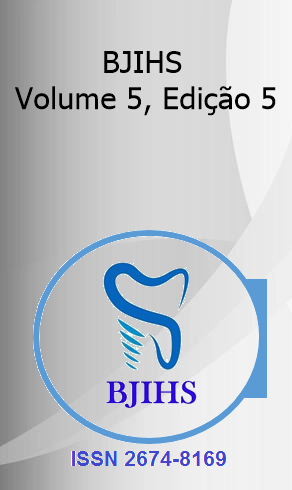Abstract
Tinea Capitis, or scalp fungal infection, is a dermatophytic condition that primarily affects children and is caused by dermatophytes, fungi capable of infecting keratinized tissues. There are three groups of dermatophytes: anthropophilic, zoophilic, and geophilic. Clinical manifestations range from minimally inflammatory lesions to granulomatous inflammatory plaques, depending on the etiology and host immune response. Diagnosis involves clinical signs, laboratory tests such as fungal culture and direct examination, and trichoscopy.
Tinea Capitis is differentiated from other conditions that cause alopecia and scalp scaling, such as alopecia areata and trichotillomania. Treatment includes systemic and topical antifungals, aiming to eradicate the fungus, alleviate symptoms, prevent cicatricial alopecia, and reduce transmission. Systemic treatment requires monitoring due to potential side effects and drug interactions. Topical treatment helps prevent secondary spread of fungal spores. African refugee children face challenges in obtaining effective treatment, but griseofulvin has proven effective in most cases, with few side effects. It is important to combine topical and oral treatments to minimize disease spread. Differential diagnosis involves distinguishing between Tinea Capitis, trichotillomania, and alopecia areata. In addition, the mental health approach and challenges faced by affected individuals are highlighted. The work emphasizes the importance of early diagnosis, effective treatment, and ongoing research to improve treatment and prevention strategies, aiming to improve the quality of life of those affected by this infection. Knowledge, awareness, and investment in Tinea Capitis-related care are essential to ensure more efficient treatments and comprehensive patient support, addressing not only medical issues but also emotional and social issues related to the disease.
References
ANDERSEN, Pernille Lindso et al. Tinea capitis er en overset sygdom hos born. Videnskab, [s. l.], 2020. Disponível em: https://ugeskriftet.dk/videnskab/tinea-capitis-er-en-overset-sygdom-hos-born. Acesso em: 1 nov. 2023.
KASSEM, Riad et al. Tinea capitis in an immigrant pediatric community; a clinical signs-based treatment approach. BCM Pediatrics, [s. l.], 2021. DOI 10.1186/s12887-021-02813-x. Disponível em: https://www.ncbi.nlm.nih.gov/pmc/articles/PMC8390185/. Acesso em: 1 nov. 2023.
MESSINA, Fernando et al. Tinea capitis: aspectos clínicos y alternativas terapéuticasTinea capitis: clinical features and therapeutic alternatives. Revista Argentina de Microbiología, [s. l.], 2021. DOI https://doi.org/10.1016/j.ram.2021.01.004. Disponível em:https://www.sciencedirect.com/science/article/pii/S0325754121000110?via%3Dihub. Acesso em: 1 nov. 2023.
SEGAL-ENGELCHIN, Dorit; SHVARTS, Shifra. Does Severity of Hair Loss Matter? Factors Associated with Mental Health Outcomes in Women Irradiated for Tinea Capitis in Childhood. International Jounal of Environmental Research and Public Health, [s. l.], 2020. DOI 10.3390/ijerph17207388. Disponível em: https://www.ncbi.nlm.nih.gov/pmc/articles/PMC7601621/. Acesso em: 1 nov. 2023.
VARGAS-NAVIA, Natalia et al. Tiña Capitis en niños. Revista Chilena de Pediatría, [s. l.], 2020. DOI http://dx.doi.org/10.32641/rchped.vi91i5.1345. Disponível em: https://www.scielo.cl/scielo.php?script=sci_arttext&pid=S0370-41062020005001101&lng=en&nrm=iso&tlng=en#aff1. Acesso em: 1 nov. 2023.

This work is licensed under a Creative Commons Attribution 4.0 International License.
Copyright (c) 2023 Naysa Gabrielly Alves de Andrade, Isla Kelly Alves de Andrade, Bruno Silva Zanuto, Fernanda Mendonça Ferreira, Geiziele Lasmar Bispo, Isabela Ribeiro Colmiran, Isis Ribeiro Colmiran, João Pedro Alves de Morais Assis, Rodrigo Daniel Zanoni

